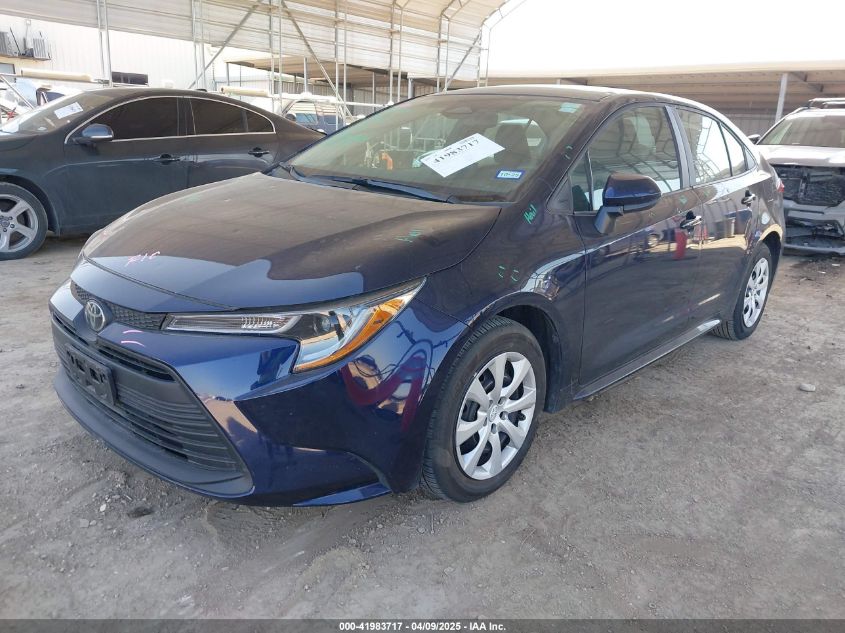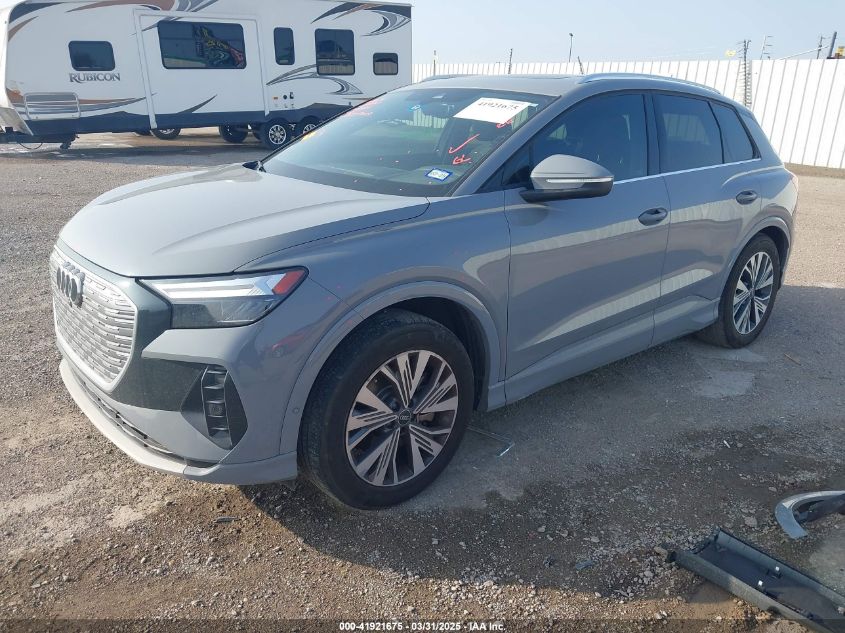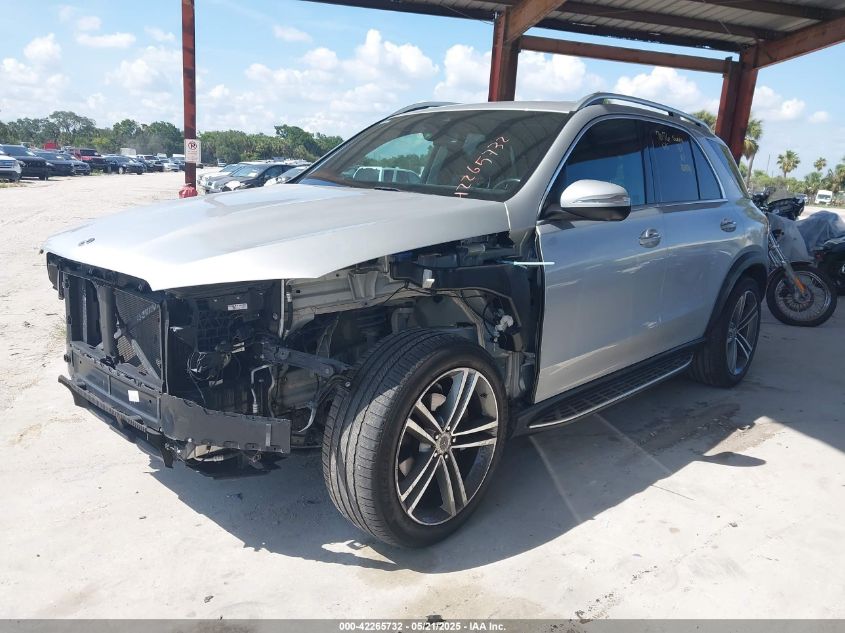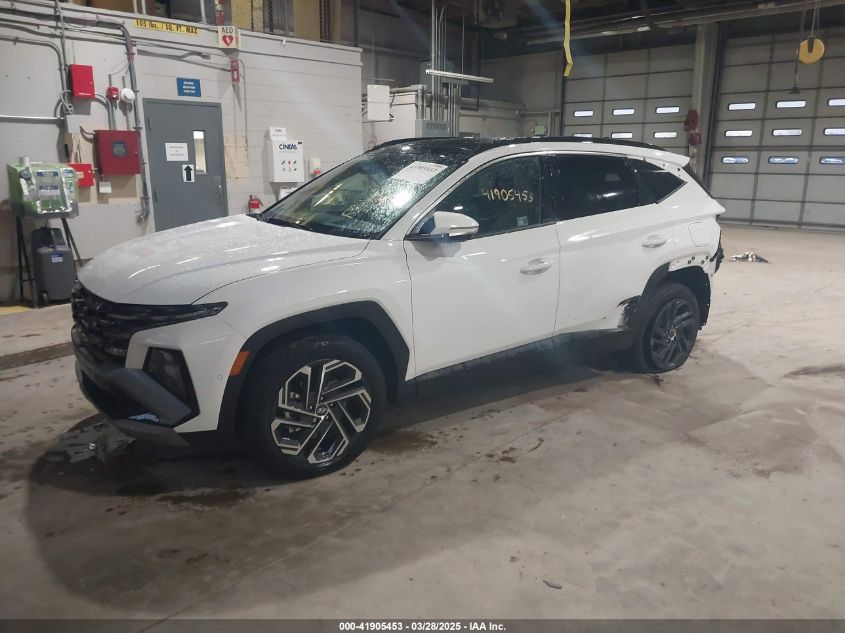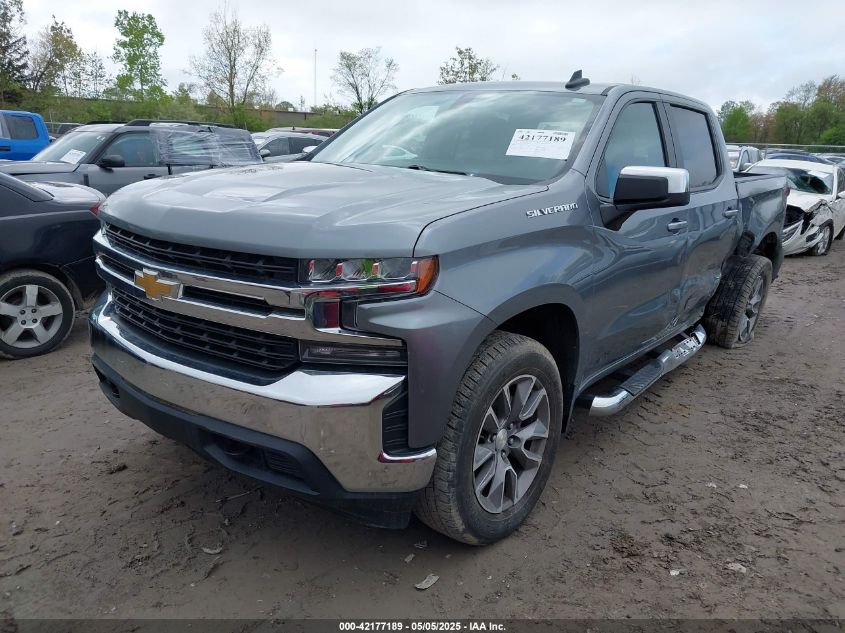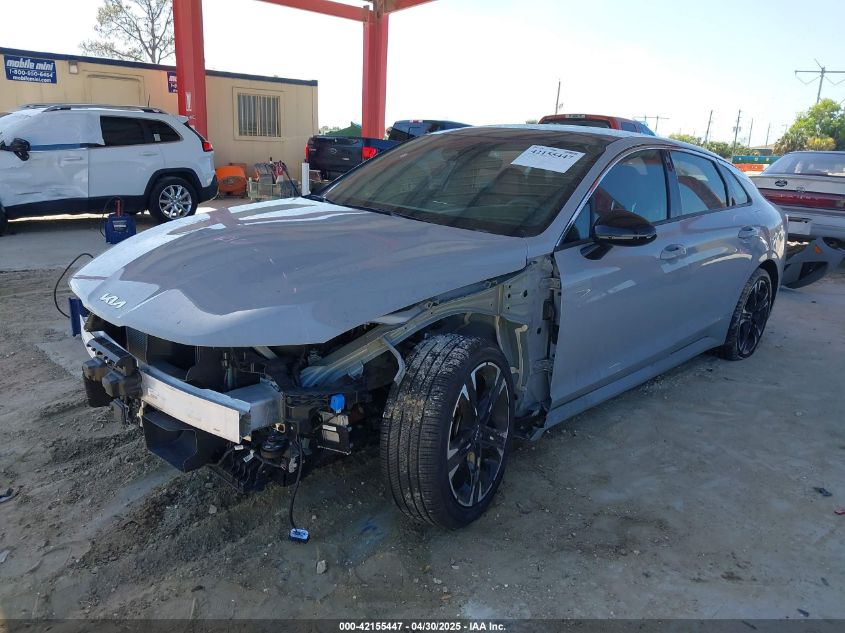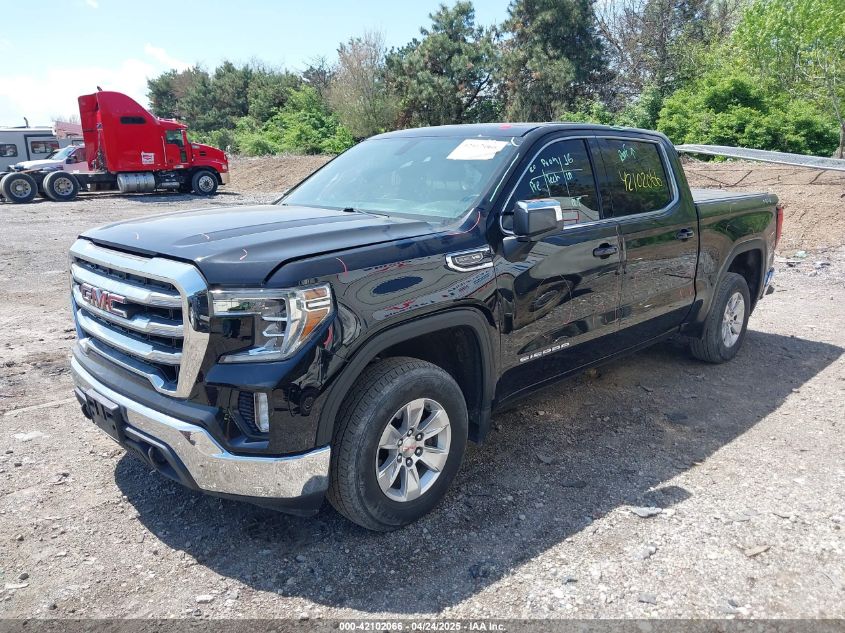2022 VOLKSWAGEN TIGUAN | 3VV2B7AX9NM129948
Specifications
2
~$39,000
Engine: 2.0L turbocharged inline-4 (EA888 Gen 3)
Torque: 320 Nm
0–100 km/h: ~7.7 s
The 2018–2024 Volkswagen Tiguan may not be a performance SUV, but in SEL R-Line 4MOTION trim, it delivers respectable real-world acceleration and secure handling. Its 2.0L turbocharged engine produces 184 hp and 320 Nm of torque (2018–2022), with a slight power bump to 201 hp in the 2022+ facelifted U.S. model. This translates to a 0–100 km/h time of approximately 7.7 seconds, aided by the 8-speed automatic and available 4MOTION AWD system.
What sets the Tiguan apart is its refined ride quality and confident road manners. The MQB platform gives it a rigid chassis, and its suspension strikes a balance between comfort and composure. While not sporty, steering is accurate and well-weighted, and body control is tight for its size. The AWD system adds confidence in poor weather and occasional light off-road use. In short, the Tiguan offers Germanic composure, turbocharged torque, and a quiet cabin, all tailored for long-distance comfort rather than outright speed.
Body Styles
The Volkswagen Tiguan is a compact crossover SUV available in two formats: a long-wheelbase (LWB) version with optional third-row seating for North America and select global markets, and a short-wheelbase (SWB) 5-seater for most European countries. Both body styles feature a clean, understated design, defined by sharp shoulder lines, broad grilles, and LED lighting signatures that evolved with the 2022 refresh. The facelift brought slimmer LED headlights, revised bumpers, and new R-Line styling cues, enhancing its modern, upscale appeal.
With its high beltline, raised hood, and slightly sloped rear window, the Tiguan combines urban-friendly dimensions with SUV presence. The LWB version offers a more stretched profile and usable third row, while the SWB remains a balanced, efficient 5-seater with generous cargo space and easy maneuverability. Regardless of configuration, the Tiguan is designed for practical, modern family mobility with premium styling restraint.
Model Name Meaning (Manufacturer)
“Tiguan” is a blended name derived from the German words "Tiger" and "Leguan" (iguana) — chosen through a public naming contest by German magazine readers. The name reflects the vehicle’s intent to be nimble and strong like a tiger, while remaining versatile and adaptable like an iguana — a metaphor for its urban and outdoor dual-purpose nature.
Model Name Meaning (Languages)
“Tiguan” has gained global recognition as Volkswagen’s compact SUV identity. Its unique phonetics make it memorable and distinguish it from traditional alphanumeric competitors. The name fits Volkswagen’s strategy of giving SUVs animal-inspired names that evoke movement, adaptability, and strength.
Body & Interior Colors and Rims
The second-generation Volkswagen Tiguan, produced from 2018 through 2024, showcases a refined yet versatile aesthetic that balances German minimalism with urban practicality. Its body color palette evolves slightly over the years but consistently offers a mix of conservative and expressive options to appeal to a wide range of buyers. Classic hues such as Pure White, Platinum Gray Metallic, Deep Black Pearl, and Reflex Silver Metallic provide a clean, timeless look that emphasizes the Tiguan’s structured, horizontal design lines. For drivers seeking something bolder, Volkswagen introduced more colorful choices like Silk Blue Metallic, Cardinal Red Metallic, Stone Blue Metallic, and later, Kings Red Metallic and Pyrite Silver Metallic. The R-Line and SE trims occasionally feature body-colored cladding or blacked-out accents to elevate visual presence.
Interior color schemes across trims are practical and upscale in feel, with an emphasis on durability and visual clarity. Base trims like S and SE typically offer Titan Black cloth or Storm Gray, with straightforward dashboards and brushed metal-look trim. Higher trims such as SEL and SEL R-Line introduce V-Tex leatherette or genuine leather seating surfaces in shades like Titan Black, Storm Gray, or Saffrano Orange and Black in the R-Line. The cabin layout is unmistakably Volkswagen — symmetrical, ergonomic, and minimal, with soft-touch upper dash materials, ambient lighting in premium trims, and touchscreen interfaces that integrate seamlessly with the center stack.
Wheel offerings vary by trim and model year, but all emphasize proportion and European sensibility. Base models generally come with 17-inch alloy wheels in simple, multi-spoke or split-spoke designs with a silver finish. SE trims commonly feature 18-inch alloy wheels, while SEL and R-Line trims ride on 19- or 20-inch wheels, often in machined-face, two-tone, or dark gray metallic finishes that enhance the Tiguan’s confident stance. The R-Line in particular features unique wheel designs with sharper spokes, gloss black accents, and more aggressive styling cues, helping to define the sportier personality of the trim.
Throughout its 2018–2024 run, the Volkswagen Tiguan maintains a careful balance between understated elegance and everyday usability, with its body and interior colors — along with well-tailored wheel designs — contributing to a look that’s distinctly European, subtly upscale, and adaptable to a broad range of tastes.
Top Expensive Options
- Digital Cockpit Pro with Custom Views and Navigation Integration: $800
- Fender Premium Audio System (8 Speakers, Subwoofer): $600
- Panoramic Power Sunroof with Sunshade: $1,200
- IQ.DRIVE Suite with Adaptive Cruise, Lane Assist, Emergency Braking: Standard or $1,000
- Heated and Ventilated Front Seats with Memory Function: $700
- Area View 360° Camera System with Park Assist: $850
- Wireless App-Connect (Apple CarPlay/Android Auto): Standard (2022+)
- Third-Row Seating Package (LWB only): $595
- Power Liftgate with Kick-to-Open Function: $500
- R-Line Exterior & Interior Package with 20” Wheels: $1,600
vs Competitors
The Tiguan competes with the Toyota RAV4, Honda CR-V, Hyundai Tucson, Mazda CX-5, Nissan Rogue, and Ford Escape. While others offer hybrid powertrains or more aggressive styling, the Tiguan emphasizes European refinement, composed ride quality, and understated elegance. Compared to the RAV4 or CR-V, the Tiguan offers better highway manners and a quieter cabin, though it falls behind in fuel economy. Against the CX-5, the Tiguan trades handling sharpness for space and comfort. Its optional third row gives it an edge in flexibility, and its minimalist interior design remains a strong draw for buyers who prefer premium-like simplicity over flashy tech.
Fun Fact
The Tiguan is Volkswagen’s best-selling model globally, surpassing even the Golf in total units sold. The long-wheelbase version sold in North America is built in Chattanooga, Tennessee, and offers one of the only third-row options in the compact SUV class. In China, it's sold under two nameplates — Tiguan L and Tiguan X — with the latter featuring a coupe-style roof. With over 6 million units sold worldwide since 2007, the Tiguan has become a cornerstone of VW’s global strategy, balancing practicality with clean European aesthetics.
Lot Details
-
Sale Date18/Jun/2025
-
Lot Number42247719
-
Sale document
-
Location
-
Odometer59,501 miles (95,757 km)
-
Primary Damage:FRONT END
-
Seller
-
Fuel
-
Engine Type2.0L I-4 DI, DOHC, VVT, turbo, 184HP
-
Transmission
-
Drive Type
Final Bid Volkswagen Tiguan (2022)
$10,300
$13,933
$17,600
Specifications
2
~$39,000
Torque:
0–100 km/h:
The 2018–2024 Volkswagen Tiguan may not be a performance SUV, but in SEL R-Line 4MOTION trim, it delivers respectable real-world acceleration and secure handling. Its 2.0L turbocharged engine produces 184 hp and 320 Nm of torque (2018–2022), with a slight power bump to 201 hp in the 2022+ facelifted U.S. model. This translates to a 0–100 km/h time of approximately 7.7 seconds, aided by the 8-speed automatic and available 4MOTION AWD system.
What sets the Tiguan apart is its refined ride quality and confident road manners. The MQB platform gives it a rigid chassis, and its suspension strikes a balance between comfort and composure. While not sporty, steering is accurate and well-weighted, and body control is tight for its size. The AWD system adds confidence in poor weather and occasional light off-road use. In short, the Tiguan offers Germanic composure, turbocharged torque, and a quiet cabin, all tailored for long-distance comfort rather than outright speed.
Body Styles
The Volkswagen Tiguan is a compact crossover SUV available in two formats: a long-wheelbase (LWB) version with optional third-row seating for North America and select global markets, and a short-wheelbase (SWB) 5-seater for most European countries. Both body styles feature a clean, understated design, defined by sharp shoulder lines, broad grilles, and LED lighting signatures that evolved with the 2022 refresh. The facelift brought slimmer LED headlights, revised bumpers, and new R-Line styling cues, enhancing its modern, upscale appeal.
With its high beltline, raised hood, and slightly sloped rear window, the Tiguan combines urban-friendly dimensions with SUV presence. The LWB version offers a more stretched profile and usable third row, while the SWB remains a balanced, efficient 5-seater with generous cargo space and easy maneuverability. Regardless of configuration, the Tiguan is designed for practical, modern family mobility with premium styling restraint.
Model Name Meaning (Manufacturer)
“Tiguan” is a blended name derived from the German words "Tiger" and "Leguan" (iguana) — chosen through a public naming contest by German magazine readers. The name reflects the vehicle’s intent to be nimble and strong like a tiger, while remaining versatile and adaptable like an iguana — a metaphor for its urban and outdoor dual-purpose nature.
Model Name Meaning (Languages)
“Tiguan” has gained global recognition as Volkswagen’s compact SUV identity. Its unique phonetics make it memorable and distinguish it from traditional alphanumeric competitors. The name fits Volkswagen’s strategy of giving SUVs animal-inspired names that evoke movement, adaptability, and strength.
Body & Interior Colors and Rims
The second-generation Volkswagen Tiguan, produced from 2018 through 2024, showcases a refined yet versatile aesthetic that balances German minimalism with urban practicality. Its body color palette evolves slightly over the years but consistently offers a mix of conservative and expressive options to appeal to a wide range of buyers. Classic hues such as Pure White, Platinum Gray Metallic, Deep Black Pearl, and Reflex Silver Metallic provide a clean, timeless look that emphasizes the Tiguan’s structured, horizontal design lines. For drivers seeking something bolder, Volkswagen introduced more colorful choices like Silk Blue Metallic, Cardinal Red Metallic, Stone Blue Metallic, and later, Kings Red Metallic and Pyrite Silver Metallic. The R-Line and SE trims occasionally feature body-colored cladding or blacked-out accents to elevate visual presence.
Interior color schemes across trims are practical and upscale in feel, with an emphasis on durability and visual clarity. Base trims like S and SE typically offer Titan Black cloth or Storm Gray, with straightforward dashboards and brushed metal-look trim. Higher trims such as SEL and SEL R-Line introduce V-Tex leatherette or genuine leather seating surfaces in shades like Titan Black, Storm Gray, or Saffrano Orange and Black in the R-Line. The cabin layout is unmistakably Volkswagen — symmetrical, ergonomic, and minimal, with soft-touch upper dash materials, ambient lighting in premium trims, and touchscreen interfaces that integrate seamlessly with the center stack.
Wheel offerings vary by trim and model year, but all emphasize proportion and European sensibility. Base models generally come with 17-inch alloy wheels in simple, multi-spoke or split-spoke designs with a silver finish. SE trims commonly feature 18-inch alloy wheels, while SEL and R-Line trims ride on 19- or 20-inch wheels, often in machined-face, two-tone, or dark gray metallic finishes that enhance the Tiguan’s confident stance. The R-Line in particular features unique wheel designs with sharper spokes, gloss black accents, and more aggressive styling cues, helping to define the sportier personality of the trim.
Throughout its 2018–2024 run, the Volkswagen Tiguan maintains a careful balance between understated elegance and everyday usability, with its body and interior colors — along with well-tailored wheel designs — contributing to a look that’s distinctly European, subtly upscale, and adaptable to a broad range of tastes.
Top Expensive Options
- Digital Cockpit Pro with Custom Views and Navigation Integration: $800
- Fender Premium Audio System (8 Speakers, Subwoofer): $600
- Panoramic Power Sunroof with Sunshade: $1,200
- IQ.DRIVE Suite with Adaptive Cruise, Lane Assist, Emergency Braking: Standard or $1,000
- Heated and Ventilated Front Seats with Memory Function: $700
- Area View 360° Camera System with Park Assist: $850
- Wireless App-Connect (Apple CarPlay/Android Auto): Standard (2022+)
- Third-Row Seating Package (LWB only): $595
- Power Liftgate with Kick-to-Open Function: $500
- R-Line Exterior & Interior Package with 20” Wheels: $1,600
vs Competitors
The Tiguan competes with the Toyota RAV4, Honda CR-V, Hyundai Tucson, Mazda CX-5, Nissan Rogue, and Ford Escape. While others offer hybrid powertrains or more aggressive styling, the Tiguan emphasizes European refinement, composed ride quality, and understated elegance. Compared to the RAV4 or CR-V, the Tiguan offers better highway manners and a quieter cabin, though it falls behind in fuel economy. Against the CX-5, the Tiguan trades handling sharpness for space and comfort. Its optional third row gives it an edge in flexibility, and its minimalist interior design remains a strong draw for buyers who prefer premium-like simplicity over flashy tech.
Fun Fact
The Tiguan is Volkswagen’s best-selling model globally, surpassing even the Golf in total units sold. The long-wheelbase version sold in North America is built in Chattanooga, Tennessee, and offers one of the only third-row options in the compact SUV class. In China, it's sold under two nameplates — Tiguan L and Tiguan X — with the latter featuring a coupe-style roof. With over 6 million units sold worldwide since 2007, the Tiguan has become a cornerstone of VW’s global strategy, balancing practicality with clean European aesthetics.

